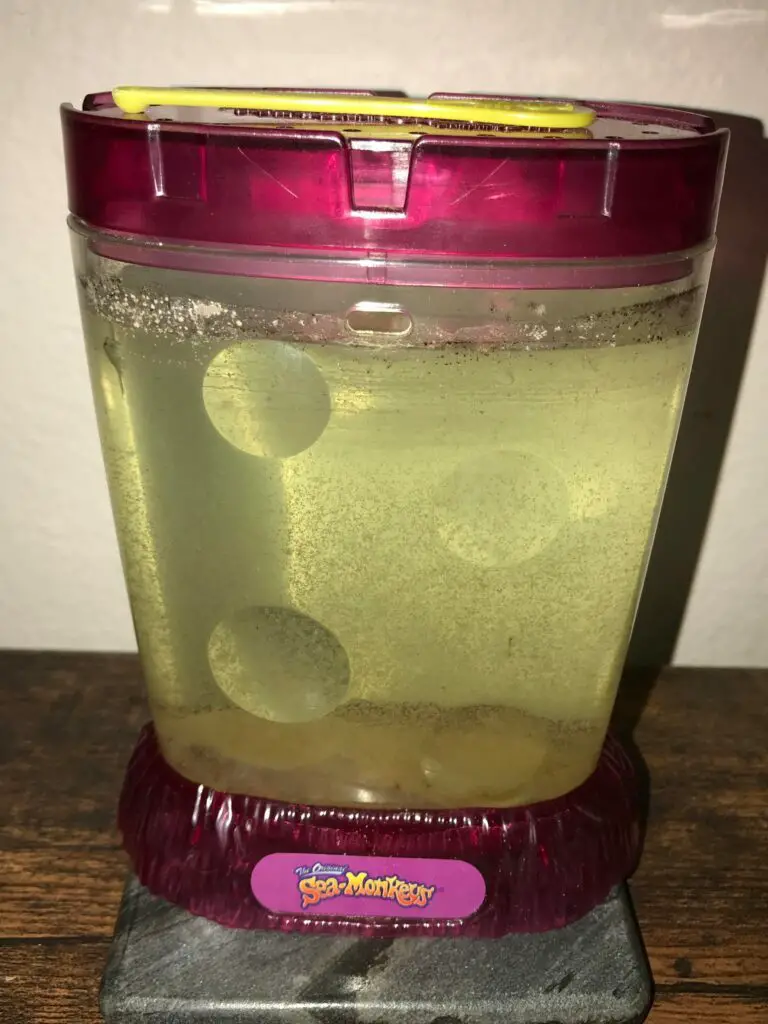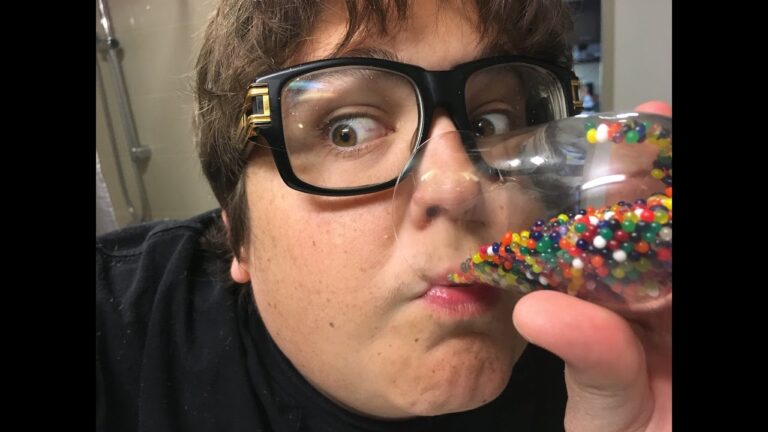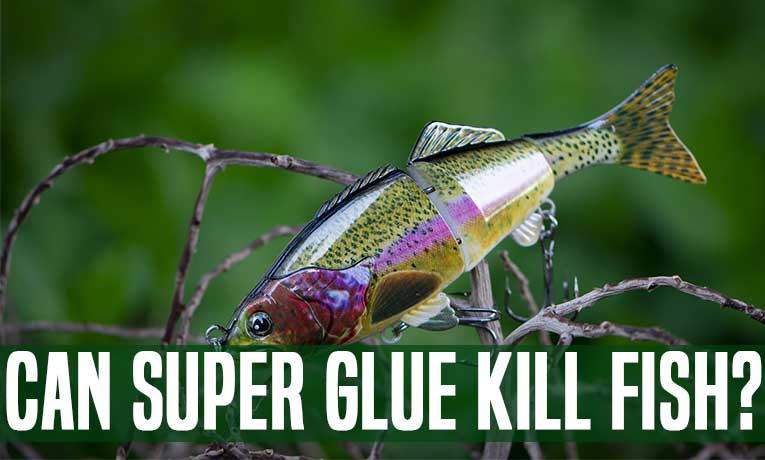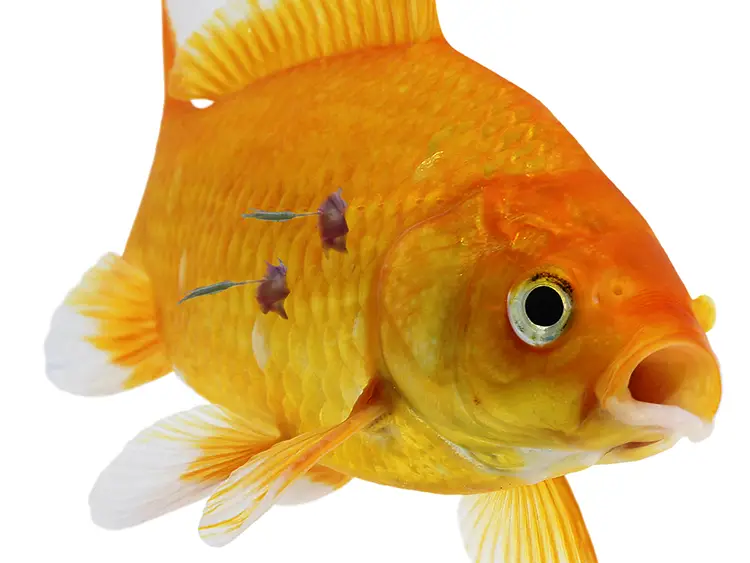Freshwater Aquarium Pests Identification
Freshwater aquarium pests come in many shapes and sizes. The most common types are snails, Hydra, planaria, leeches, shrimp and various species of algae. Each has its own unique characteristics that can be used to identify them.
Snails can range from small translucent cones to large cone-shaped shells with a black or brown stripe running down the center. Hydra look like small green worms with tentacles sprouting from the head end; they attach themselves to surfaces by their suction cups. Planaria are flatworms that have an eye spot at one end; they move around quickly with a gliding motion when disturbed.
Leeches appear as reddish-brown flattened segments connected together in chains; they feed on decaying organic material and fish waste products. Shrimp are usually light grey or tan in color and grow up to two inches long; some varieties also feature red stripes along their bodies for added camouflage against predators. Lastly, there are several different species of algae which vary greatly in appearance depending on type but all generally appear as dark green clumps growing on rocks or other objects within the tank environment.
Freshwater aquarium pests can be difficult to identify, but being aware of the common signs can help keep your tank healthy and safe. Pests like snails, algae, planaria worms and ich are all common in freshwater tanks. These pests can easily reproduce if left untreated so it is important to identify them as soon as possible in order to prevent an outbreak.
Keeping a close eye on the fish in the aquarium – looking for any unusual behavior or physical symptoms – will help you determine what might be living in your tank and allow you to take action quickly.
Tiny Bugs in Freshwater Aquarium
Tiny bugs in freshwater aquariums are usually harmless and part of the natural biological cycle of your tank. These tiny critters can range from microscopic to visible with the naked eye, and include things like copepods, daphnia, cyclops, hydra and worm larvae. While they may look unappealing to you as an aquarist, these bugs actually provide a number of beneficial services for your tank – such as helping to break down organic matter into smaller molecules that can be used by other organisms or assisting in algae control through predation or competition for resources.
Types of Aquarium Parasites
Aquarium parasites come in many forms and can be incredibly damaging to your tank’s inhabitants. Common aquarium parasites include Ichthyophthirius multifiliis, or “Ich”, Amyloodinium ocellatum, or “Marine Velvet Disease,” and Costia necatrix, also known as “Ichthyobodo.” All of these diseases are highly contagious and can quickly spread amongst fish if not properly treated.
It is important to monitor your tank regularly for signs of infection so that you can take the necessary steps to eradicate any potential threats.
Tiny White Bugs in Aquarium
If you are noticing tiny white bugs in your aquarium, they may be a type of pest called Cyclop-eeze. These pests can quickly multiply and cause harm to fish and other aquatic life by consuming their food or damaging their gills. It is important that you take steps to eradicate them as soon as possible so the health of your aquarium ecosystem is not compromised.
If left unchecked, these bugs could also spread to other tanks in your home.
Copepods in Freshwater Aquarium
Copepods are an important part of the freshwater aquarium ecosystem. They act as a natural food source for many fish, shrimp, and other aquatic animals. They also help to keep the water clean by consuming detritus and uneaten food particles in the tank.
Copepods can be extremely beneficial to tanks with high bio-loads or heavy fish populations that require more filtration than usual.
Aquarium Pests Freshwater
Aquarium pests are a common problem for freshwater tank owners. These pests, such as snails and algae, can cause harm to the fish in your aquarium and damage their habitat. To prevent these pests from taking over, it is important to regularly monitor your tank water quality, remove any decaying plant matter or animal waste quickly, quarantine new fish before introducing them into the tank, and change out a portion of the water on a regular basis.
Copepods in Aquarium
Copepods are small crustaceans that inhabit most aquatic environments, including aquariums. They provide a natural source of food for fish, and can also help to keep your tank clean by consuming leftover foods and other organic waste. As filter feeders, copepods can act as an important part of the aquarium’s biological filtration system, helping to break down pollutants before they become harmful to the inhabitants of your tank.
Little Brown Bugs in Fish Tank
Little brown bugs in a fish tank can be caused by overfeeding, poor water quality, or the presence of decaying organic matter. These bugs are likely to be species of copepods and may also include other organisms such as nematodes. In order to get rid of them, it is important to keep up with regular maintenance and water changes.
Additionally, removing any excess food from the tank and vacuuming the substrate can help reduce their population numbers.
Tiny Black Bugs in Fish Tank
Tiny black bugs in your fish tank can be a sign of infestation, usually caused by the presence of fungus gnats. These tiny flies feed on organic matter and lay their eggs near the surface of the water. To get rid of them, you should clean out any rotting food or debris from the tank and remove any standing water that may have collected at the bottom.
You can also use beneficial nematodes to help control populations as they are natural predators to fungus gnats.

Credit: buceplant.com
What are the Little Bugs in My Freshwater Fish Tank?
If you have noticed small bugs in your freshwater fish tank, then the most likely culprits are one of two types of critters: either copepods or hydra. Copepods are small crustaceans that feed on detritus, uneaten food and waste matter. They can also be beneficial to a tank’s environment by helping to break down organic materials and reduce algae growth.
However, they may compete with fish for food so it is important to keep their population under control if possible. Hydra are tiny predators that attach themselves to plants and rocks using thread-like structures called tentacles which they use to capture prey such as small invertebrates and fry (baby fish). Although these creatures rarely cause any harm in established tanks, their presence does indicate poor water quality conditions and can lead to more serious problems over time if not addressed quickly.
If you think you may have an infestation of these little bugs in your aquarium, it is best to take action as soon as possible before the numbers become too large for effective management.
What are the Parasites on My Fish Tank Glass?
Parasites are a common problem in many aquariums and one of the most common places they can hide is on the glass walls. These parasites can come from un-quarantined fish, contaminated plants or food, or even wild-caught specimens. They range from tiny worms to algae and even barnacles!
In order to keep your tank clean and healthy it’s important to identify any parasites that may be present on the glass so you can take measures to remove them. The best way to do this is by inspecting the glass with a magnifying lens for signs of movement or discoloration. If these pests are found then you should use an appropriate chemical treatment such as an anti-parasite solution, vinegar bath, or copper sulfate dip (for more stubborn infestations).
Taking proactive steps now will help prevent future problems down the road!
What are the Tiny Worms on the Glass in My Freshwater Aquarium?
If you have noticed tiny worms on the glass of your freshwater aquarium, chances are they are most likely Planaria. Planaria are microscopic flatworms that can be found in both saltwater and freshwater tanks. They range in size from a few millimeters to a few centimeters, and their color ranges from white to brownish-green.
They typically feed on organic matter such as algae or small particles of food, but can also scavenge dead organisms or plant material for nutrition. As long as there is an adequate food source available, these worms will reproduce rapidly and soon spread across the tank walls and substrate. While generally harmless to fish, invertebrates and plants; excessive populations of planaria can compete with other animals for resources which could lead to problems down the road if not addressed quickly.
The best way to control planaria populations is by increasing water circulation throughout the aquarium (this will help remove uneaten food before it has a chance to rot) as well as feeding appropriately sized foods so any leftovers won’t contaminate the system too much either. Additionally manual removal via suction tube or tweezers is also possible if needed although this should only be done when absolutely necessary since it could disturb beneficial bacteria colonies in your tank which may cause further issues later on!
What Do Parasites Look Like on Aquarium Fish?
Parasites on aquarium fish can come in a variety of shapes and sizes. Some may be as small as the head of a pin, while others may be much larger. The most common types are protozoan parasites, which include Ichthyophthirius multifiliis (Ich) and Oodinium pilularis (velvet).
Ich is white or yellow spots that form around the body or fins of fish and can cause organ failure if left untreated. Velvet appears as a reddish-brown to black dusting on the skin or fins of fish, causing irritation and breathing difficulty if not addressed promptly. Other parasite infestations include flukes, anchorworms, gill maggots, lice, leeches, tapeworms, nematodes, flatworms and planaria.
All these parasites have different life cycles but many share similar traits such as feeding off host tissue or sucking blood from their host for sustenance; therefore it is important to identify any signs early so treatment can begin quickly before further damage occurs.
Episode 7 – 10 Aquarium Pests and How to Deal with Them – Blake’s Aquatics Live Bites
Conclusion
In conclusion, it is important to know how to identify and manage freshwater aquarium pests. By familiarizing yourself with the various types of pests that can affect your tank, you will be better equipped to spot them early and take action before they become a real problem. Regular maintenance and water changes are key to reducing the chances of an infestation, but if one does occur, it’s important that you act quickly.
With the right knowledge, you can keep your tank healthy and pest-free!





